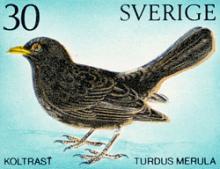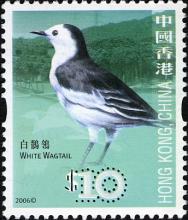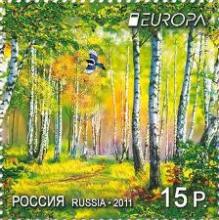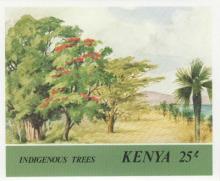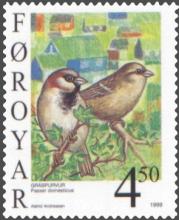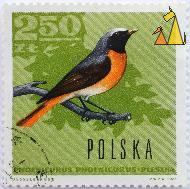Another winter and still no Evening Grosbeaks
- Read more about Another winter and still no Evening Grosbeaks
- Log in to post comments
I enjoy watching the birds at my feeders, but this was a much more entertaining activity in the mid-1990s when I first began feeding birds. I still remember the first time these large, chunky finches arrived, literally just outside my bedroom window. That was back in November of 1993, but I still recall the incident quite clearly. I was still in bed when I heard some unusual bird sounds that I could not recognize. About a dozen or so large yellow songbirds fought with each other for dominance in the “pecking order” hierarchy at my feeders, which were well-stocked with sunflower seed. I am describing the male Evening Grosbeak. The female is more subdued. These hungry birds quickly emptied my small hanging feeders. For several consecutive winter seasons in the 1990s, I hosted Evening Grosbeaks at my feeders. I last saw an Evening Grosbeak in 2000. These large, noisy and conspicuous finches have simply not visited in the last 12 years. At the start of each winter season, I am hopeful that this might be the year the Evening Grosbeaks return. So far, that’s not been the case.


